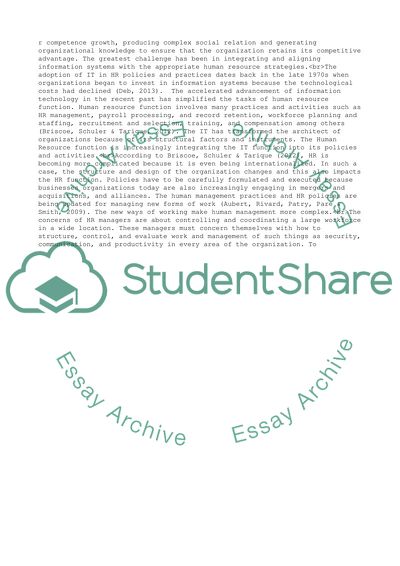Cite this document
(Impact of Technology on HR Policy and Practices Term Paper, n.d.)
Impact of Technology on HR Policy and Practices Term Paper. https://studentshare.org/human-resources/1880864-impact-of-technology-on-hr-policy-and-practices
Impact of Technology on HR Policy and Practices Term Paper. https://studentshare.org/human-resources/1880864-impact-of-technology-on-hr-policy-and-practices
(Impact of Technology on HR Policy and Practices Term Paper)
Impact of Technology on HR Policy and Practices Term Paper. https://studentshare.org/human-resources/1880864-impact-of-technology-on-hr-policy-and-practices.
Impact of Technology on HR Policy and Practices Term Paper. https://studentshare.org/human-resources/1880864-impact-of-technology-on-hr-policy-and-practices.
“Impact of Technology on HR Policy and Practices Term Paper”. https://studentshare.org/human-resources/1880864-impact-of-technology-on-hr-policy-and-practices.


